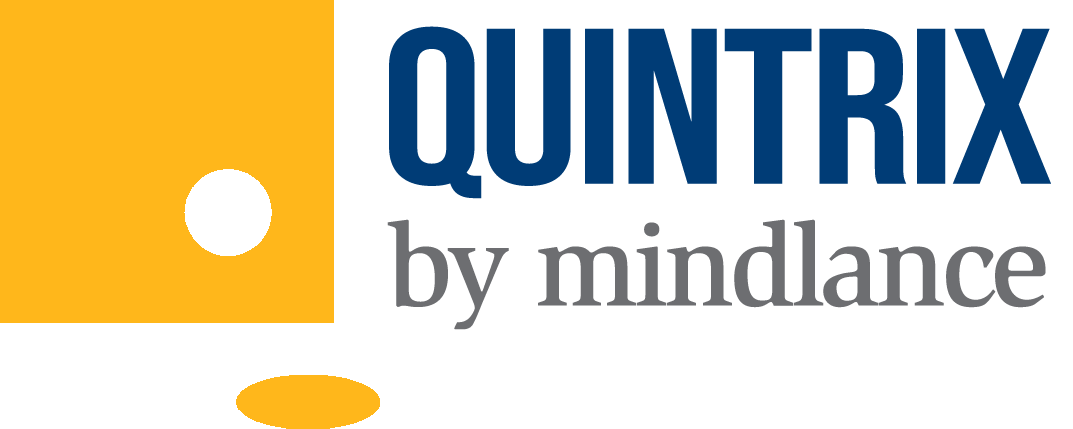Use Cases for the Recruit-Train-Deploy (RTD) Talent Model
This paper outlines the top use cases for the RTD model and its benefits over other talent acquisition models. Specifically, we will highlight the following use cases:
 1. Bringing a function or capability in-house
1. Bringing a function or capability in-house2. Succession planning for legacy skills
3. Supporting diverse hiring practices
4. Bringing an offshore operation onshore
5. Decluttering your IT talent strategy
6. Supporting organizational growth
7. Specialized skill development – adapting to emerging technologies
8. Supporting HR with talent development programs
9. Reducing dependency on just-in-time hiring
Bringing a function or capability in-house
 This affordable model enables businesses to source trained talent in an abbreviated time frame to support their new IT requirements. It is, however, essential to note that bringing in emerging talent requires a transition and knowledge transfer plan. If the tech team has experienced managers with the technical expertise, the new hires can start delivering on the projects under their guidance. In the absence of experienced technical expertise, the team would need to first hire experienced line managers for close guidance and mentorship until the new talent is capable of taking over the function.
This affordable model enables businesses to source trained talent in an abbreviated time frame to support their new IT requirements. It is, however, essential to note that bringing in emerging talent requires a transition and knowledge transfer plan. If the tech team has experienced managers with the technical expertise, the new hires can start delivering on the projects under their guidance. In the absence of experienced technical expertise, the team would need to first hire experienced line managers for close guidance and mentorship until the new talent is capable of taking over the function.
Key Takeaway: RTD is a highly cost-effective option to bring a function or capability in-house; however, the model requires an effective transition and knowledge transfer plan in coordination with the existing team’s line managers to ensure the talent is productive faster.
Succession Planning for Legacy Skills
However, despite careful preparation, the simultaneous departure of key skill-holders and their support staff presents a formidable challenge. This scenario risks a sudden depletion of essential talent, skill, and knowledge, leaving the organization vulnerable.
 The Recruit, Train, Deploy (RTD) approach offers a strategic solution to this issue. In addition to filling primary skill positions with trained internal talent, organizations can partner with RTD providers to equip new contract staff with requisite skills. This proactive measure serves as a buffer in the event of unforeseen departures, providing a crucial window of opportunity to manage transitions smoothly. Furthermore, the option to transition RTD talent into permanent roles ensures a seamless integration of essential skills into the organizational framework.
The Recruit, Train, Deploy (RTD) approach offers a strategic solution to this issue. In addition to filling primary skill positions with trained internal talent, organizations can partner with RTD providers to equip new contract staff with requisite skills. This proactive measure serves as a buffer in the event of unforeseen departures, providing a crucial window of opportunity to manage transitions smoothly. Furthermore, the option to transition RTD talent into permanent roles ensures a seamless integration of essential skills into the organizational framework.
Key Takeaway: Beyond conventional succession planning lies a proactive strategy to safeguard irreplaceable corporate knowledge and deep skill sets. Through the RTD approach, organizations can effectively bridge potential gaps in legacy skills and competencies, ensuring long-term resilience and continuity.
Supporting Diverse Hiring Practices
Most IT organizations typically hire their early career talent from a handful of colleges and universities in their area of operation, limiting their talent and diversity pool, especially in regions with fewer minorities. This can pose issues in meeting diversity goals when attempting to source talent to address particular technical skills needs.
RTD firms typically use omnichannel talent sourcing methods to find diverse talent with high-demand skill sets, presenting a viable alternative to university and other traditional hiring methods. This approach also frees internal HR/recruiting teams to focus on other initiatives.
Key Takeaway: Diversity hiring isn’t a fad, it’s a strategy with tangible benefits. With the RTD method, companies can meet diversity goals while filling in much-needed IT skill deficiencies.
Bringing an Offshore Operation Onshore
 While there are some clear cost advantages to using offshore talent for software development, many organizations are shifting to the onshore or nearshore approach for reasons that can offset any cost savings—they want to align their IT team with similar cultures and time zones. These two factors alone can significantly impact the productivity and cohesion of a distributed team, thereby mitigating any cost-saving advantages.
While there are some clear cost advantages to using offshore talent for software development, many organizations are shifting to the onshore or nearshore approach for reasons that can offset any cost savings—they want to align their IT team with similar cultures and time zones. These two factors alone can significantly impact the productivity and cohesion of a distributed team, thereby mitigating any cost-saving advantages.In fact, Bloomberg reports that “80% of companies in North America are actively considering nearshore.”
Historically, IT leadership has turned to affordable junior talent as a bridge during such a transition. The problem with this strategy is that it typically brings on largely untrained talent, which can increase risk and decrease efficiency.
Employing the RTD model while migrating from offshore to onshore/nearshore does require some knowledge transfer from the offshore teams or some expertise onshore before infusing RTD talent. Therefore, the involvement of offshore teams or onshore experts in curriculum development and training is required.
Key Takeaway: RTD can be a very effective tool when migrating IT talent to closer shores. It can ease the burden of transferring knowledge and workload from offshore teams while maintaining productivity.
Decluttering IT Talent Strategy
Key Takeaway: RTD is designed for multiple hires at scale. This is where the cost efficiencies come in. Additionally, its coordinated nature helps foster a cohesive, operationally sound early talent acquisition program for enterprises

Supporting Organizational Growth
 As companies grow, they require investment in technology talent to support the growth In 2024, 66% of companies are increasing their IT budgets, and 59% plan to increase the size of their IT staff (Spiceworks, 2024 State of IT Report). The money is there, but is the strategy?
As companies grow, they require investment in technology talent to support the growth In 2024, 66% of companies are increasing their IT budgets, and 59% plan to increase the size of their IT staff (Spiceworks, 2024 State of IT Report). The money is there, but is the strategy?Sourcing the necessary skills and finding early-career talent that can make an immediate impact is harder said than done. This is where many companies struggle. Organizations can set themselves up for a prosperous future with cultivated talent that advances their competitive advantage when executed correctly. However, recruitment and training can be overwhelming and an unwelcome challenge to many businesses.
The RTD model can help. Whether a business needs help achieving its yearly project goals or meeting its multi-year technology roadmap, RTD can supplement experienced hiring with trained junior talent that can hit the ground running productively from day one. The line managers can often participate in the training curriculum to ensure the talent has the skills required at onboarding.
Key Takeaway: The RTD model can help supplement an IT team with early career talent that has the skills and business understanding needed to advance a business’s strategic goals.
Specialized Skill Development – Adapting to Emerging Technologies
 IT leadership constantly tries to innovate and keep up with the latest trends and technology releases.
IT leadership constantly tries to innovate and keep up with the latest trends and technology releases.Take AI-augmented software engineering, for example. Technology organizations across the globe are looking for ways to integrate AI strategies into their development efforts.
Gartner Group states, “By 2027, half of all enterprise software engineers should be using generative AI tools to help with the development, testing, and operation of software.”
If an organization doesn’t have this expertise in-house, what can they do?
The RTD model can fill in these gaps in a collective team skillset. Line managers can work closely with the RTD provider to cultivate temporary talent to bring these new skills into an organization. This on-demand approach shortens the recruiting curve, speeds access to unique skill sets, and provides immediate access to emerging trends before it is too late.
Key Takeaway: Using the RTD model, an organization can immediately jump on any emerging trend. To ensure the temporary talent has the necessary skills, a business team can work with the RTD provider to pre-train talent before they join the organization.

Supporting HR with Talent Development Programs

Top Software Development Challenges for 2022 Survey, Reveal.
Key Takeaway: Whether supplementing or replacing a training program or finding alternate recruitment channels, the RTD model can greatly support HR departments.
Reducing Dependency on Just-in-Time Hiring
“Employers continue to confront (challenges with finding) candidates with the right skills at the right price,” says Julia Pollak, chief economist at ZipRecruiter. “Given current demographic trends, it makes sense for employers to invest in long-term solutions rather than temporary Band-Aids.”
The RTD model can be a successful alternative. In a short period, a business can hire contract-to-hire talent that is trained, skilled, and supported by its RTD firm to ensure success for the deployed organization. This way, a business can mitigate the potential downsides of presumptive hiring with a lower-risk, highly proven, swift approach that yields better overall results.
Key Takeaway: Market opportunities can lead to hasty just-in-time hiring decisions, which can cause more harm than good. RTD helps mitigate any downside associated with bringing on contract-to-hire talent because this talent is highly vetted, trained, and supported.
Conclusion
Click here to learn more about how the RTD model can help your business.


